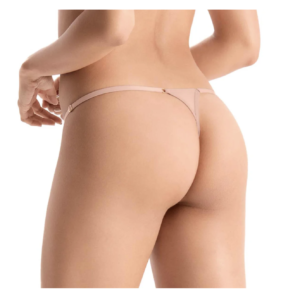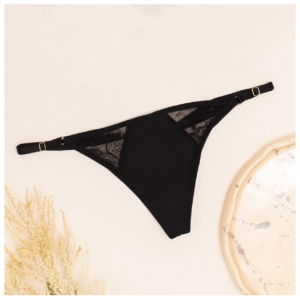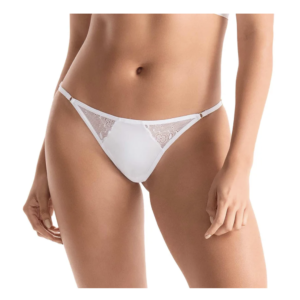Katana Ancient Japanese Swords
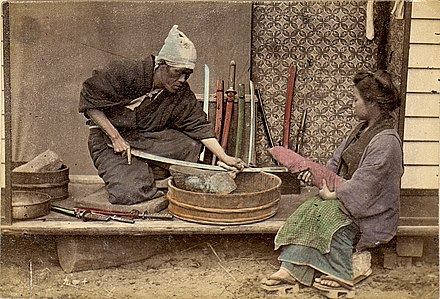
The Katana or catana: is a “species of cutlass of Japanese origin” according to the RAE. Katana is the kun’yomi or Japanese reading of the kanji 刀; the on’yomi or Chinese reading is tō. Refers to a particular type of single-edged, curved saber traditionally used by samurai.
Katana, some pictures of examples of Sable’s types:


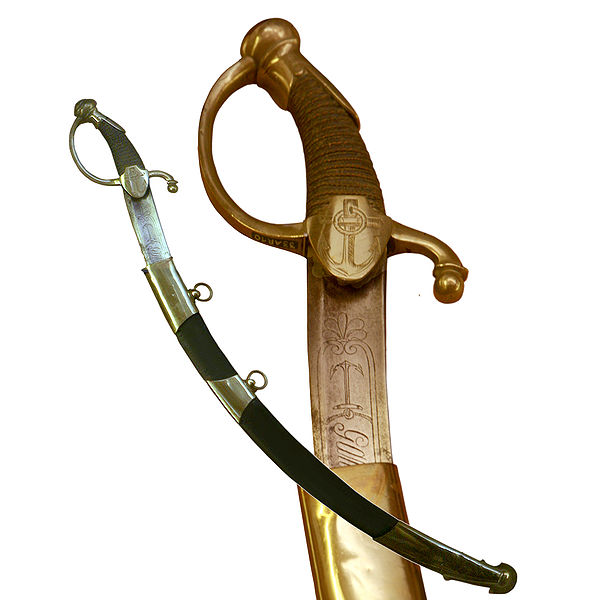
The saber is a curved and (usually) single-edged sword, intended for cutting, commonly used in cavalry and infantry (officers) in the 19th and even 20th centuries. This curved character of the blade and its unique edge traditionally differentiate the saber from the sword.
This stab weapon is slashed and arose from the need for speed in combat. This is achieved by cutting and not leaving the blade of the weapon embedded in the body of the opponent (unlike most one-handed swords, which are thrust).
The curvature, which is generally located from the tip to the middle of the saber, generates a deep cut.
Polish winged hussar and his saber, 1614.
The curvature of the saber aims, in theory, to achieve that a man on horseback, when unloading the arm with this weapon, draws a wide circle on the infant, achieving that at the point of cut the saber is always tangential. For this reason, it is not threaded, but rather cut, thereby increasing the wound without nailing the weapon. Due to this, sabers designed for cavalry have a great curvature, they are almost circular; those designed for infantry have a lower curvature since importance must be given to the defensive function: keeping the enemy away and stopping their blows.
For the classifications of the types of nihontō, the combination of characteristics, such as the blade and its mounts, influence, since these then determine the style of use of the blade. An unsigned and abbreviated blade that was once made and designed to be used as a tachi, can alternatively be mounted on a koshirae tachi or koshirae katana. This can then be distinguished by the mounting styles that currently exist. A long blade can be classified as a wakizashi due to its length being more than 30 cm, however, it may have originally been assembled and used as a blade of so much type, this makes the length distinction somewhat arbitrary, but necessary when Unassembled knives or short blades are referred to to avoid ambiguity. When mounts are removed from the both the wakizashi and the equation, then they will be classified by length whether it is less than or greater than 30 cm, unless their intended use can be absolutely determined or has been provided an opinion on the previous use of the blade by the blacksmith, craftsman, or series of owners the sword may have had. In this way a leaf is formally attributed as a wakizashi due to length, but this can be discussed informally between individuals as well as the both, because the leaf was made during a time when both the popular and the wakizashi were both As a companion katana sword it did not yet exist.
The following are the types of Japanese swords:
* The Chokuto (直 刀? “, Straight sword”): It is a single-edged straight sword that was produced before the 10th century and without differential or folding hardening.
* The Tsurugi / Ken (剣?, “Sword”): This is a straight double-edged sword that was produced before the 10th century, and can be without differential or folding hardening.
* The Tachi (太 刀? “Greatsword”): A sword that is generally longer and more curved than the katana, later with the curvature centered from the center or towards the tang, and often including the tang. When in motion, La Tachi is worn with the edge down. Tachi was in fashion before the 1400s.
* The Kodachi (小 太 刀? “Little great sword”): It is a shorter version of the tachi, but with similar supports and the same use, mostly found in 1200 or earlier.
* The Odachi (大 太 刀? “Great great sword”) / Nodachi (野 太 刀? “Great field sword”): A sword much larger than the tachi, some of more than 100 cm, and usually of a blade , is from the late 1300s.
* The Uchigatana (打 刀?): It is a type of tachi developed in the 1400s. It is worn with the edge up on the obi.
* The Katate-uchi (片 手 打 ち? “, With one hand”): A sword made for a short time, is a type of Uchigatana was developed in the year 1500, with a short tang, were intended for use with a single hand. He was one of the forerunners of wakizashi.
* The Katana (刀?, “Sword”): General term for the traditional sword with a curved blade of more than 60 cm (there is no upper length limit but they are generally shorter than 80 cm), used with the edge up in the girdle. Developed from the Uchigatana and the samurai class sword of the Edo period (from the 1600s to the late 1800s).
* The Wakizashi (脇 差 “companion sword”): A general term for a sword between one and two shaku long (between 30 cm and 60 cm in modern measurement), were made mainly after 1600. It is usually the blade short that accompanies the katana in the traditional samurai, used in the Daishō set or pairing of swords, but can be used by the classes that do not belong to the samurai as a single blade, also used a border as the katana.
It should be noted that there are bladed weapons made in the same traditional way as other Japanese swords and are also considered to be swords, 1 2 these include:
* The Nagamaki (長 巻 “long sheath”): A horn weapon similar to a naginata, but with a straight blade, more like a tachi or katana, and mounted with a wrapped handle very similar to the handle of a katana very exaggerated. The name refers to the mounting style, as well as a type of blade meaning that a naginata blade could be mounted on a nagamaki mount and be considered a nagamaki.1 3 Nagamaki Naoshi refers to a nagamaki blade that has been reformed into a katana or wakizashi, which are mounted on a Japanese koshirae sword.
* La Naginata (な ぎ な た, 薙刀?): A horn weapon with a single curved edge blade. The Naginata Mounts consist of a wooden post, unlike a Nagamaki mount, which is shorter and wrapped. Naginata Naoshi refers to a naginata blade that has been reconfigured into a katana or wakizashi, and that is mounted on a Japanese koshirae sword.
* The Yari (槍? “, Spear”): A spear, or spear as a pole weapon. The Yari has various blade shapes, from a single-plane double-edged blade, to a triangular cross-section with a double-edged blade, for those with a symmetrical crosspiece (Jumonji-yari) or those with an asymmetric crosspiece. The main blade is symmetrical and straight unlike a naginata, and usually smaller, but can be as large or larger than some naginata blades.
* The Tanto (短刀? “, The short blade”): It is a knife or dagger. Usually single-edged, but some were double-edged, albeit asymmetrical.
* The Ken (剣?, “Sword”): Usually of a length similar to that of the Tanto or the Wakizashi, used as a religious or ceremonial blade, with a smooth and pointed blade shape, 4 but some may be Larger and may also refer to older pre-curved sword types like the ones above. Symmetrical and double-edged.
Arrowheads for war, yajiri, were also made using the same methods as for Japanese swords.
Sword production in Japan is divided into specific time periods:
* Jokoto (ancient swords, up to around 900 AD)
* Koto (old swords from 900-1596)
* Shinto (new swords 1596-1780)
* Shinshinto (new new swords 1781-1876)
* Gendait (modern swords 1876-1945) 5
* Shinsakuto (freshly made swords 1953-present)


